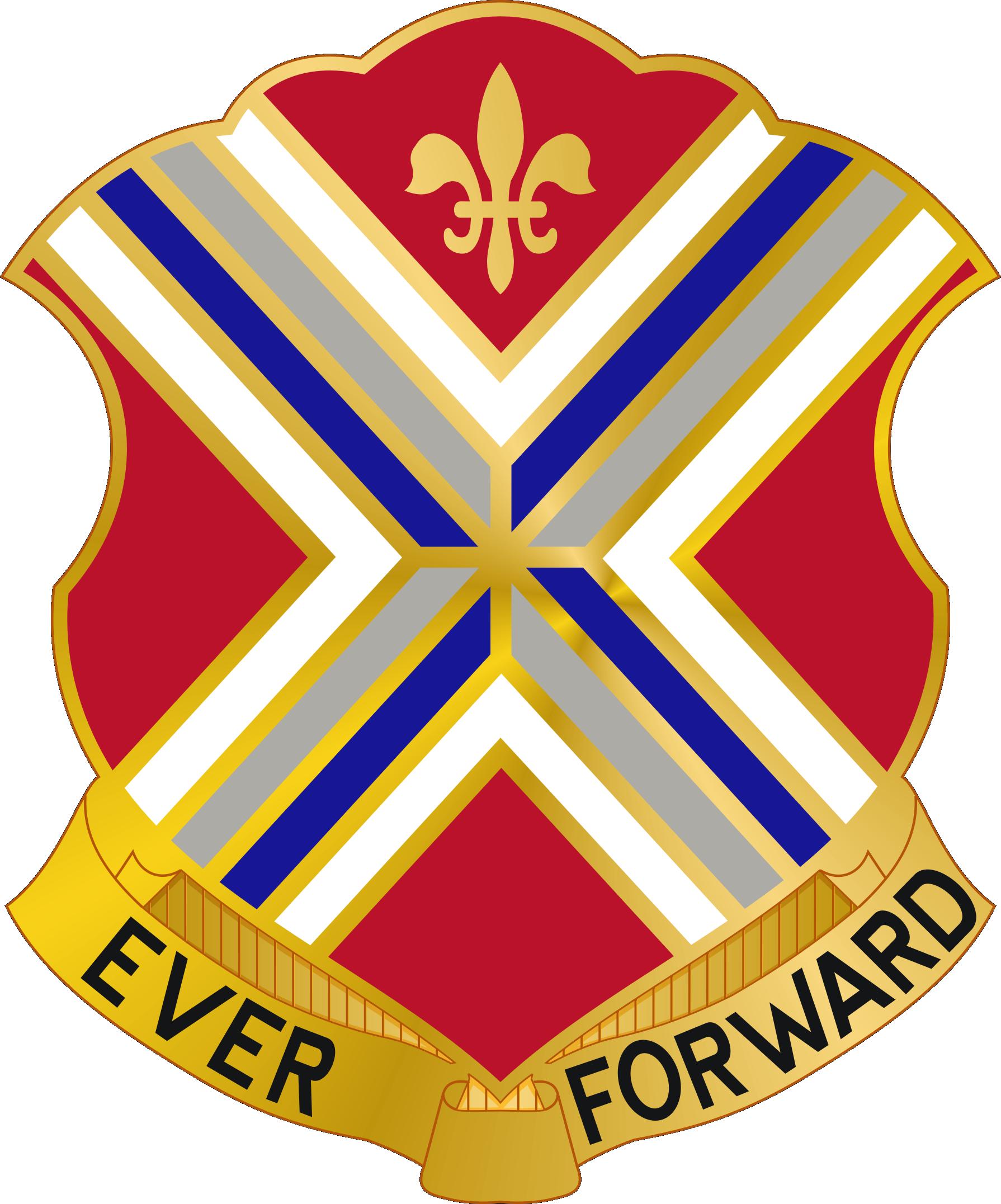116th Mobile Brigade Combat Team
 The Virginia National Guard’s Staunton-based 116th Infantry Brigade Combat Team was officially converted to the 116th Mobile Brigade Combat Team effective Oct. 16, 2025, by the Army Structure Memorandum, commonly referred to as the ARSTRUC.
The Virginia National Guard’s Staunton-based 116th Infantry Brigade Combat Team was officially converted to the 116th Mobile Brigade Combat Team effective Oct. 16, 2025, by the Army Structure Memorandum, commonly referred to as the ARSTRUC.
“Our official designation to MBCT marks a major milestone in the Army’s effort to modernize its combat formations for 21st-century warfare,” said Col. Arthur S. Moore, commander of the 116th.
The 116th was the first Army National Guard brigade to test and evaluate an approved task organization for a mobile brigade combat team during their 21-day eXportable Combat Training Capability rotation in June 2025 at Fort Pickett, Virginia. The MBCT concept is part of the U.S. Army’s transformation initiative with the goal of making units more agile and lethal.
The mobile brigade combat team force structure focuses on three infantry battalions and the addition of a multi-purpose company in each battalion and a multi-functional reconnaissance company in the brigade.
These elements were able to integrate unmanned aerial systems, electronic warfare systems and mobility and allowed the 116th to explore different methods to conduct reconnaissance, surveillance and targeting during XCTC, he said.
“The battlefield is changing,” Moore said. “The future belongs to Soldiers with superior field discipline who can move, strike, communicate and sustain for extended periods. The MBCT force design gives us that edge.”
The transformation initiative also converts the Danville-based 429th Brigade Support Battalion as the 429th Light Support Battalion, and the Fredericksburg-based 229th Brigade Engineer Battalion and the Portsmouth-based 2nd Squadron, 183rd Cavalry Regiment are scheduled to inactivated effective Sept. 29, 2026.
“While transformation re-centralizes several capabilities from the brigade level up to the division level, the BCT remains the Army's primary tactical maneuver force,” Moore said. “Every Soldier, all hands on deck, will have every opportunity to continue to serve during and after the transition.”
Transformation has given the 116th an opportunity to collaborate and dialogue with active U.S. Army unit already operating as MBCTs and leverage lessons learned to facilitate the transition, he said.
“As Guardsmen, we’re bringing our civilian skills and empowering Soldiers to challenge assumptions, experiment and innovate,” he said. “We’re preparing for the first battle alongside the active U.S. Army if our nation calls upon us.”
The 116th has already seen the benefits of new unmanned aerial systems and command and control capabilities. This equipment will greatly enhance the 116th’s effectiveness and lethality, and the new Infantry Squad Vehicles will better equip Soldiers and formations for tactical mobility. Initial fielding of the ISVs should begin before the end of the calendar year, Moore said.
“The rifle and rucksack still matter, but they’re now joined by sensors and platforms that give our infantry more reach, awareness and options,” he said.
In the MBCT formation, battalion scout, mortar and assault platoons moved to a battalion multipurpose company to provide ground and aerial reconnaissance, indirect fire support, launched effects, counter unmanned aerial systems and deception capabilities to fix and attrit enemy forces that allows for infantry companies to close with and destroy the enemy.
The multi-function reconnaissance company provides reconnaissance and surveillance for the brigade to enable targeting and provide timely, accurate reporting of enemy activity, detect and target enemy high payoff targets and enhance the brigade's overall lethality and survivability.
“The MBCT force design makes us more lethal, mobile and survivable in a large-scale combat operations environment,” Moore said.
The MPCs and MFRC were employed along with the 116th’s three infantry battalions during the culminating field training exercise near the end of the XCTC rotation.
There are also significant impacts to personnel unique to the National Guard as part of the transformation process. Lessons learned from Virginia are being shared with other states conducting transformation to mitigate impacts to Soldiers affected by inactivating units, he said.
The 229th and 2-183rd will begin the process of reassigning Soldiers and turning in equipment over the coming months until they case their unit colors in September 2026. Members of these units will be reassigned within the new MBCT force structure and to other units in the Virginia Army National Guard.
The 116th will continue on the path of transforming as a mobile brigade combat team with the addition of new equipment later this year and preparing for a Joint Readiness Training Center rotation in Summer 2026.
Visit the 116th MBCT on Facebook:
https://www.facebook.com/116thinfantry